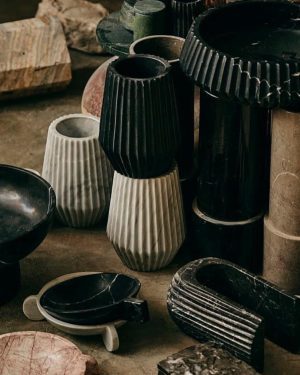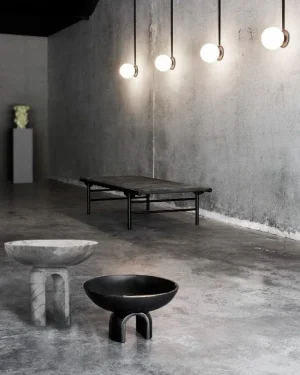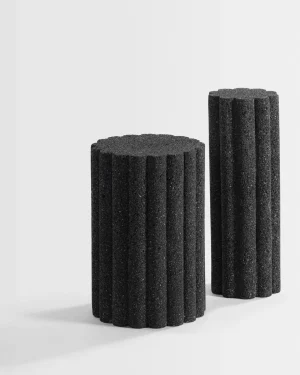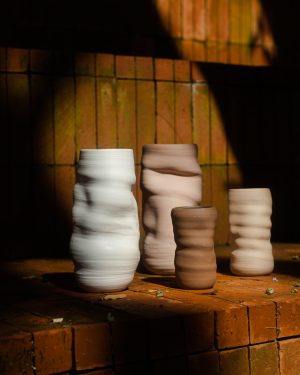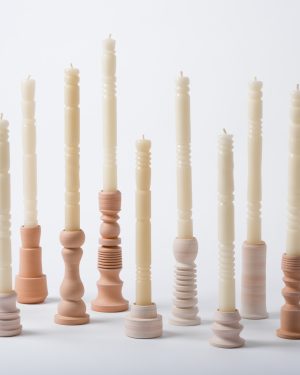Mexican design is a captivating fusion of history, culture, and creativity. It stands out for its vibrant colors, unique patterns, and the way it weaves together indigenous and colonial influences.
- Historical Roots: Reflects Mexico's rich pre-Columbian and colonial history.
- Color and Creativity: Known for its vibrant palette and imaginative motifs.
- Cultural Fusion: A blend of indigenous traditions and Spanish influences.
Prominent Mexican Designers
The realm of Mexican design has been shaped by numerous influential designers. These individuals have contributed significantly to the global design landscape, bringing Mexican aesthetics to the forefront.
- Luis Barragán: Renowned for his innovative approach to architecture.
- Frida Kahlo: Her artistic vision extends into unique design expressions.
- Other Notables: Include contemporary designers like Héctor Esrawe and Emiliano Godoy.
Common Materials in Mexican Design
Mexican design is grounded in the use of local and traditional materials. These materials are not just functional but also carry cultural significance.
- Terracotta and Ceramics: Widely used for pottery and architectural elements.
- Textiles: Rich in colors and patterns, often handwoven.
- Metals: Silver and copper work, reflecting skilled craftsmanship.
Defining Characteristics of Mexican Design
The defining characteristics of Mexican design are diverse, reflecting the country's rich history and varied landscapes. These elements combine to create a distinct and recognizable aesthetic.
- Bold Colors and Patterns: Reflecting Mexico's natural environment and cultural festivals.
- Fusion of Old and New: Integrating traditional motifs with modern design principles.
- Storytelling Elements: Each design often narrates a cultural or historical tale.
Modern Perception of Mexican Design
Today, Mexican design is viewed as a vibrant and evolving field. It balances tradition with innovation, making it relevant and appealing in the global design arena.
- Global Recognition: Increasingly acknowledged in international design circles.
- Contemporary Adaptation: Blending traditional elements with modern needs.
- Cultural Ambassador: Represents Mexican culture and identity worldwide.
Influences on Mexican Design
Mexican design is a tapestry of various influences, both historical and contemporary. These influences have shaped its unique identity.
- Pre-Columbian and Colonial Influences: Reflecting a blend of ancient and European styles.
- Natural Landscapes: The diverse geography of Mexico inspires many designs.
- Global Trends: Modern Mexican design incorporates global design movements.
Conclusion and Additional Queries
Ultimately, Mexican design is a vivid representation of the country's heritage and creative spirit. It's a field that continually adapts, embracing new trends while respecting traditional roots.
- Impact on Global Design: Exploring its influence beyond national borders.
- Sustainability in Design: How Mexican designers are addressing environmental concerns.
- Technology and Innovation: The role of modern technology in evolving Mexican design.



